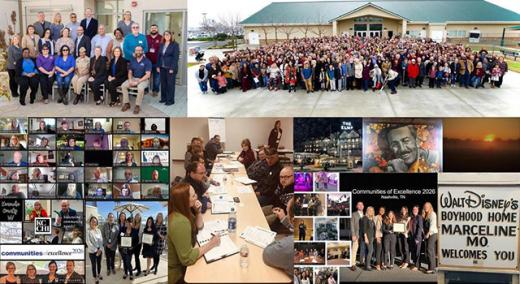Body
If you care about improving your local economy, education, community health, or other aspects of residents’ quality of life, you may benefit from learning about the initiatives of Communities of Excellence 2026. One place you can read a concise summary of the innovative, Baldrige-based nonprofit and its work with communities around the country is Harry Hertz’s June 2020 blog.
…
Want to continue?
Log in or create a FREE account.
By logging in you agree to receive communication from Quality Digest.
Privacy Policy.

Add new comment